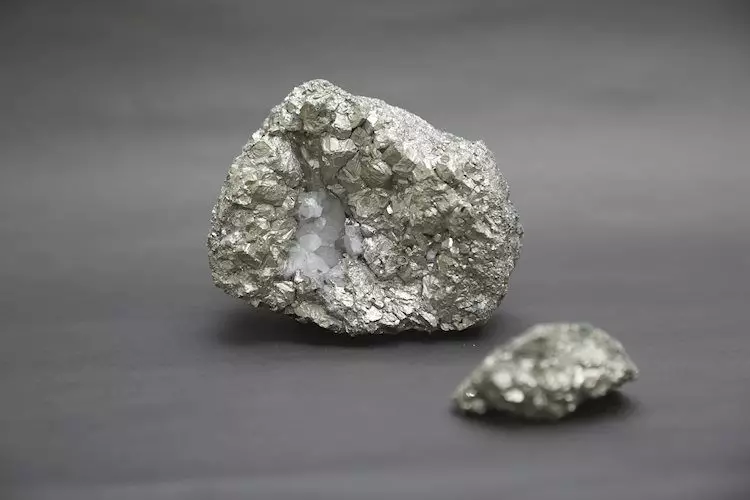Silver prices have been on the rise, with XAG/USD trading at $27.39 per troy ounce, up 0.64% from Friday. This increase of 7.54% since the beginning of the year has caught the attention of investors. But what exactly drives these price movements?
One important indicator to watch is the Gold/Silver ratio, which stood at 85.38 on Monday. This ratio shows the number of troy ounces of Silver needed to equal the value of one troy ounce of Gold. Investors often use this ratio to determine the relative valuation of Gold and Silver. A high ratio may indicate that Silver is undervalued, prompting investors to buy Silver or sell Gold accordingly. On the other hand, a low ratio could suggest that Gold is undervalued in comparison to Silver.
Silver, a precious metal highly traded among investors, offers various investment options. Investors can buy physical Silver in coins or bars, or trade it through Exchange Traded Funds (ETFs) that track its price on international markets. Many traders turn to Silver to diversify their investment portfolio, capitalize on its intrinsic value, or hedge against high-inflation periods.
Silver prices can fluctuate due to a multitude of factors. Geopolitical instability or economic recessions can drive up Silver prices, albeit to a lesser extent than Gold. Lower interest rates tend to boost Silver prices, as it is a yieldless asset. Additionally, the behavior of the US Dollar plays a crucial role, as Silver is priced in dollars (XAG/USD). A stronger Dollar can suppress Silver prices, while a weaker Dollar typically leads to price increases.
Industrial Demand
Beyond its value as an investment asset, Silver is widely used in various industries, such as electronics and solar energy. With its exceptional electric conductivity, Silver plays a vital role in these sectors. Fluctuations in demand from industrial players can impact Silver prices significantly. Moreover, the dynamics of economies like the US, China, and India also influence market trends. The industrial sectors of the US and China heavily rely on Silver, while consumer demand for Silver jewelry in India contributes to price movements.
Silver prices often follow the lead of Gold prices. When Gold experiences a price surge, Silver tends to follow suit, given their similar status as safe-haven assets. The Gold/Silver ratio can provide insights into the relative valuation of the two metals. A high ratio may signal that Silver is undervalued, while a low ratio could indicate undervaluation of Gold compared to Silver.
The intricacies of Silver prices involve a combination of market indicators, investment options, market influencers, industrial demand, and interplay with Gold. Investors navigating the Silver market must carefully analyze these various factors to make informed decisions and harness the potential opportunities presented by this precious metal.

